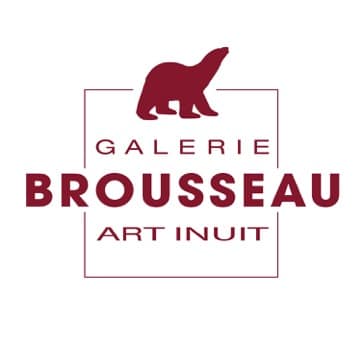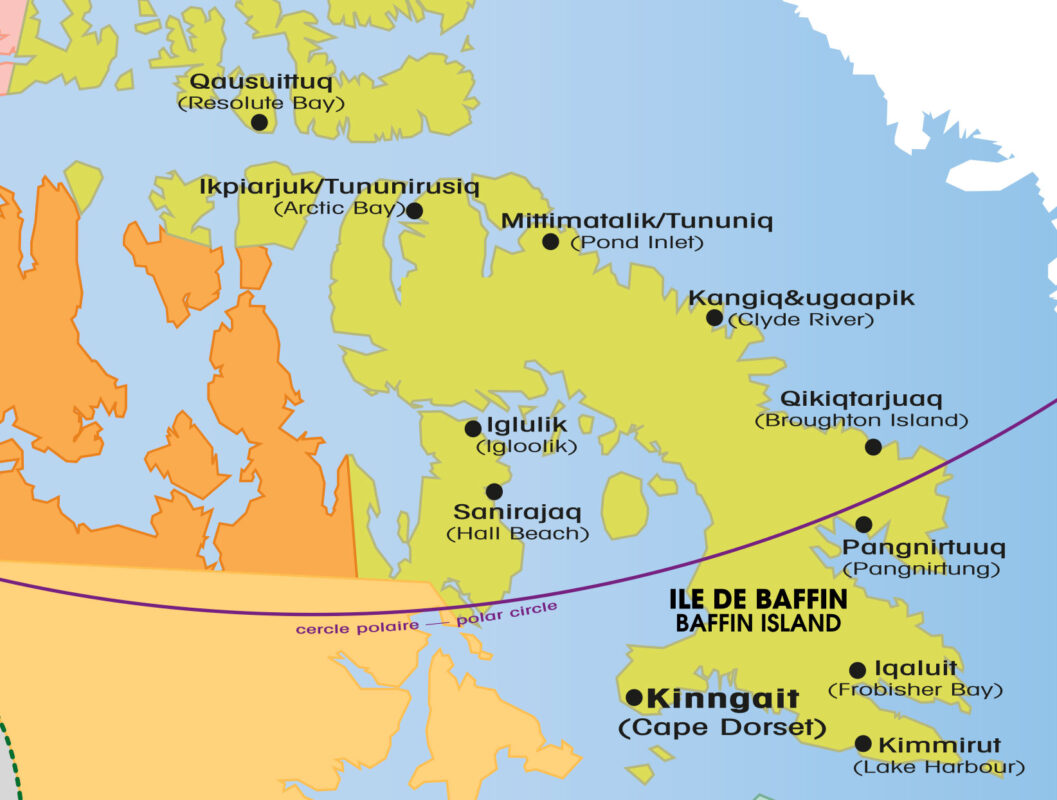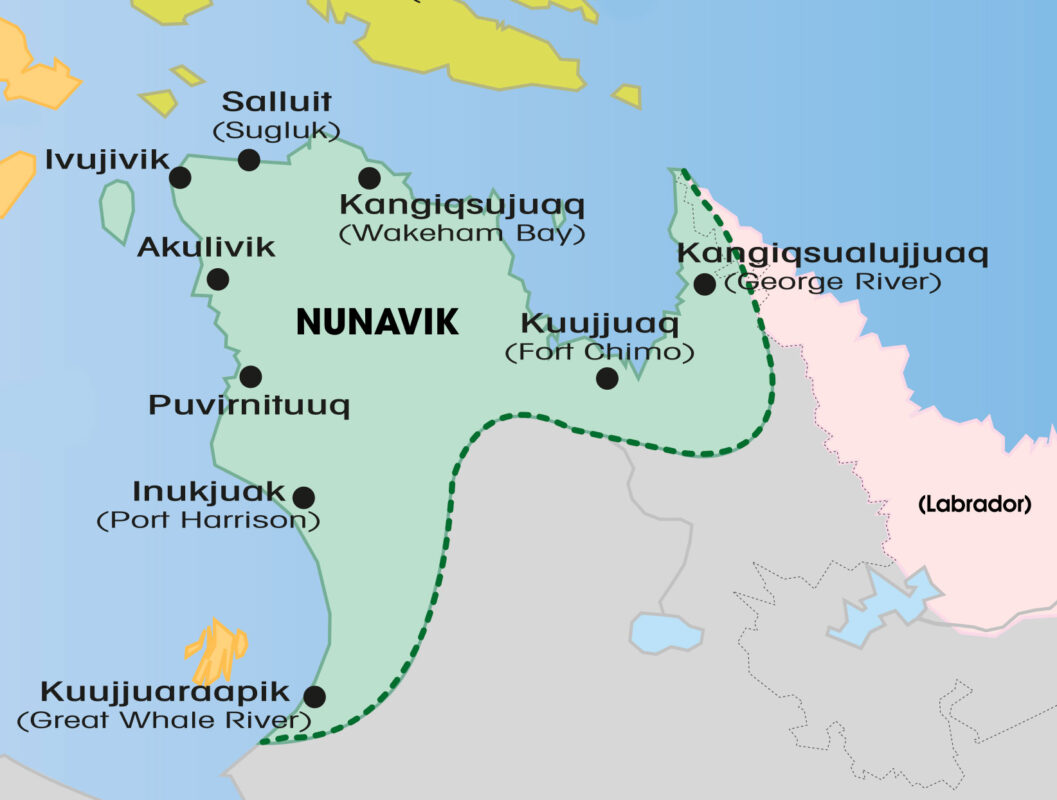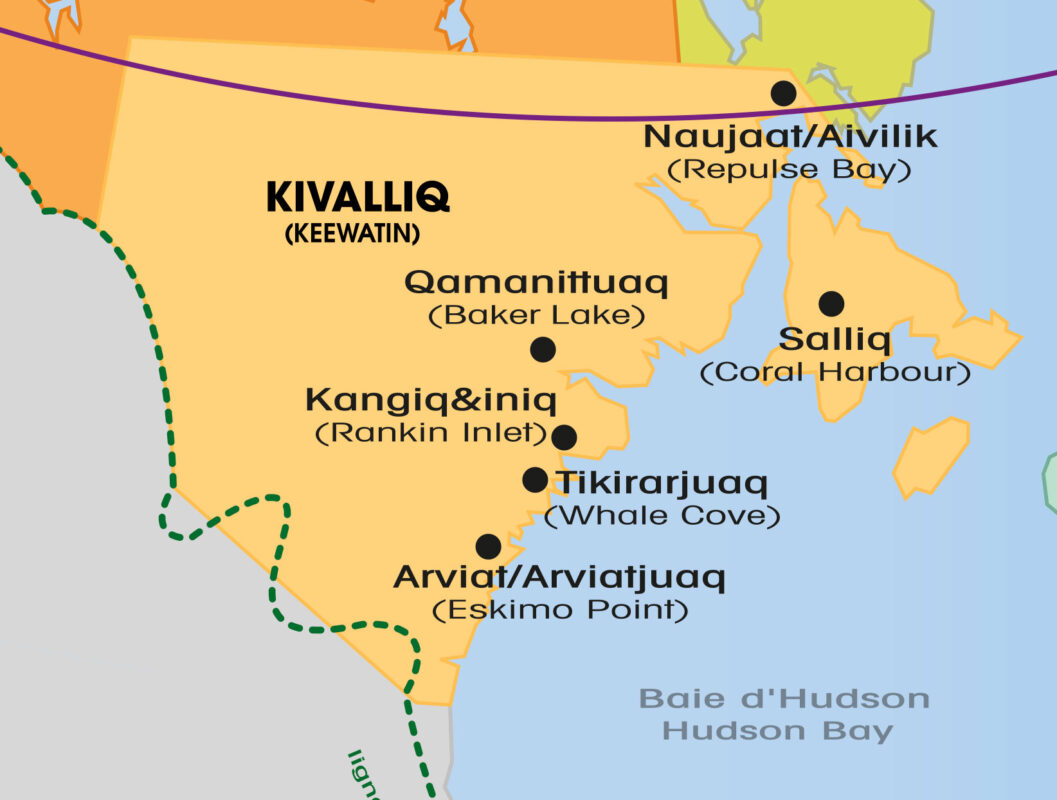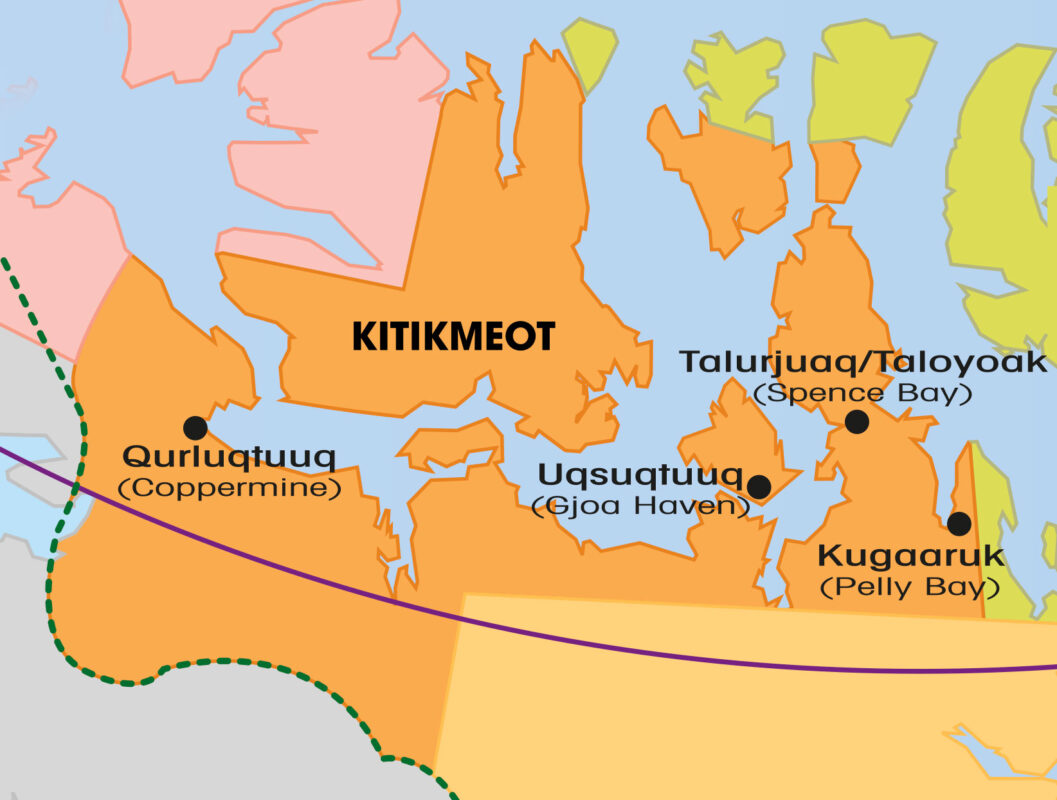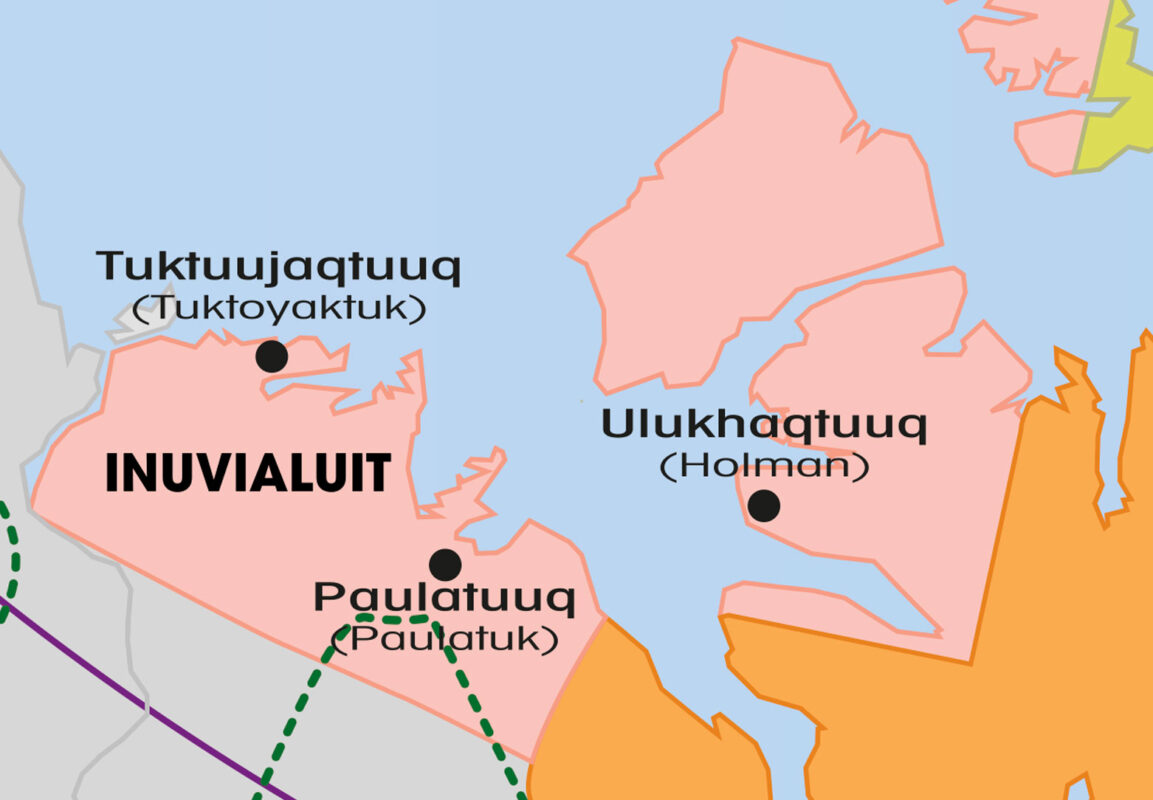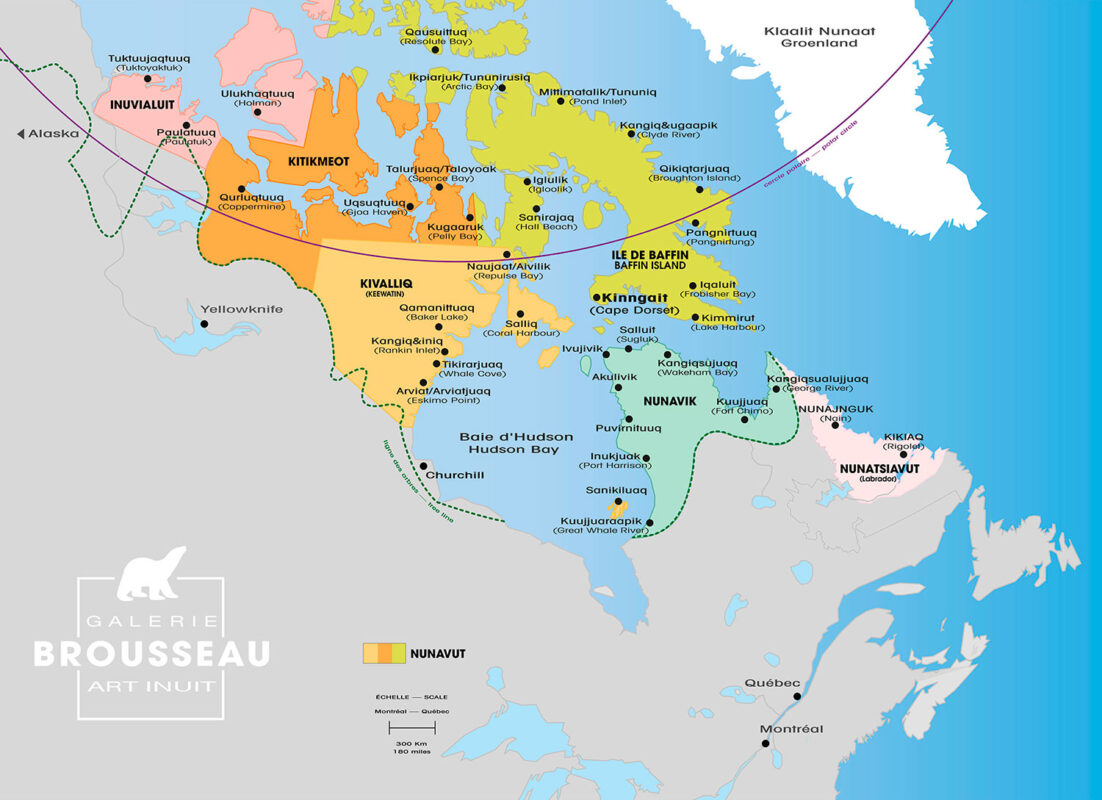
Inuit sculptures
Inuit from the Canadian Arctic use local raw materials such as stone, bone, ivory, muskox horns and caribou antlers, which they find in their immediate environment. Thus, Inuit sculpture offers a wide variety of styles, each typical to the region it is from.
